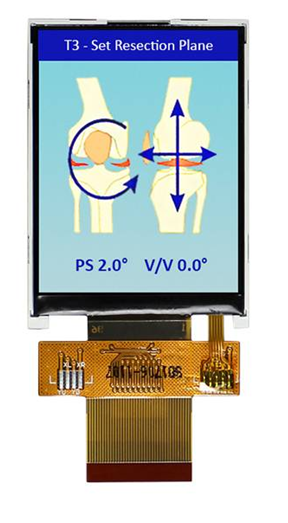The Samsung VD business unit is developing a next-generation TV roadmap that plans to skip OLEDs directly into QLEDs. “Recently, such news from the Korean media has stirred up waves and discussions in the display industry.
For Samsung's strategy, many people question QLED, which is the existing quantum dot TV on the market. It is only a technical upgrade in the LCD field, and cannot be compared with OLED. There is also a voice questioning the reason why Samsung chose QLED, which is an expedient measure after the big-screen OLED technology is unable to catch up with LG. The technical confrontation is used to disperse the market attention of OLED, and the promotion of technological progress is limited.
Such an interpretation may be one-sided. In fact, QLED, which is Samsung's next-generation display technology, is a new display technology that combines the advantages of traditional LCD and OLED.
As we all know, the quantum dot used by QLED is a kind of semiconductor nanocrystal. When stimulated by light or electricity, the quantum dot emits colored light. The color of the light is determined by the composition and size of the quantum dot, so it can be changed. The quantum dot morphology yields a high-peak, solid-color light that includes red to blue light, and has a congenital absolute advantage in color. The two application directions of quantum dots in the field of display technology are often confused.
The first is Quantum Dots-Backlight Unit (QD-BLU) based on quantum dot photoluminescence, which is the solution adopted by quantum dot TV on the market. The purpose is to solve the problem that the backlight of ordinary LCD TV is not enough. The problem of brightening, this color deviation is reflected in the screen image, the user will feel that the surface is cold or warm, and the best visual experience is not achieved. Using blue LEDs to obtain high-purity white light through optical materials (QDEF diaphragms) with red and green quantum dots, this problem is well solved, and at the same time, very beautiful colors are restored, which belongs to the field of quantum dots technology applied in the field of LCD. A compromise solution.
Samsung's current QLED research and development refers to the second type of quantum dot application: Quantum Dots Light Emitting Diode Display (QLED) based on electroluminescence characteristics, which belongs to quantum dot display technology. More advanced applications in the field. It is no longer that blue light produces a white light to illuminate the liquid crystal screen through a layer of quantum dot material, but is electrically driven to make the quantum dot itself emit light and produce images by color mixing, eliminating the need for liquid crystal, color film, and eliminating the backlight unit. This makes QLED and OLED have similar principles in display mode.
At the same time, QLED has several advantages over OLED:
1. Because the process is complicated, the production yield is too low has been a problem that large-screen OLED is difficult to overcome, and the QLED process is relatively simple, and has innate advantages in mass production.
2. QLED color performance is more perfect, color gamut can easily reach the most stringent color standard BT202090% or more, while OLED TV color gamut is far more than traditional LCD TV, but under the BT2020 standard, about 70%.
3. Since OLEDs use organic materials, the different lifetimes of the three luminescent materials are their insurmountable fatal injuries. The quantum dot crystal is non-organic, so the working state is more stable, the life is longer, and the cost is lower.
4. Under the same quality, the energy saving of QLED is expected to reach 2 times that of OLED screen.
Cost, production, color, energy consumption, the four major differences between QLED and OLED. In comparison, QLED is not just more "one point" than OLED. Compared with LG's struggling on the big-screen OLED, the situation is not good, Samsung seems to be a bold decision on QLED, think about it, maybe it is a good step in the chest.
Of course, QLED is still in the stage of technology research and development, and it must have some difficult problems to overcome, and it is expected that products will be available only three years later. During this period, whether OLED technology will have a leap-forward development to overcome its own shortcomings, whether QLED technology will encounter bottlenecks in development, it is hard to predict. However, as consumers return to the essence of television and pursue the quality of the face, the next generation of display technology may not be so important. It is the core of competition to provide the best display in a cost-effective form. QLED and OLED are two of the most advantageous technical disputes, leaving us with a lot of imagination space about the future display form. This is the most exciting part.



没有评论:
发表评论